 Christopher Lowe
Christopher Lowe
Apr 27, 2020
 Christopher Lowe
Christopher Lowe
Apr 27, 2020
The global beauty and cosmetics industry is resilient, having first weathered a recession, and a pandemic, yet still coming out stronger than before. With surefire growth projected for 2022 and beyond, beauty and cosmetics marketers can finally breathe easy and start strategizing for exciting ways to build revenue again.
The State of Fashion report suggests that sales for this industry in 2022 could surpass 2019 levels, with growth predicted to continue. Online channels are expected to account for 23% of the beauty market in 2022, and by 2024 will likely become the most important sales channel. Brands that capitalize on digital channels will emerge as the winners, assuming they deploy highly personalized beauty and cosmetics marketing strategies.
What would these strategies look like? How have other brands used digital channels and personalization to their benefit? Keep reading to find out.
A Giant Leap Forward to Become Digital-First
Strategies to fuel growth
Before You Go
The cosmetics and beauty industry has seen a sizable shift in customers’ buying patterns and methods. Even pre-pandemic, industry leaders were underprepared—the top 20 cosmetics and beauty brands held 90% market share in offline sales but only 14% share online (Nielsen’s “The Future of Beauty” Report, 2018).
However, in 2022, we are witnessing a “Cosmetics Boom”, continuing on the successes from 2021. Online channels have contributed to nearly 20% of all sales for the beauty giant L’Oréal. We expect this percentage will grow due to the digital push in beauty and cosmetics marketing strategy.
There is great potential to be tapped in online channels as more people shop for cosmetics products online.
To get in on the growing digital trend, cosmetics and beauty players need to:
Discover the immediate and long-term steps beauty and cosmetics marketers can take to pivot as trends continue to change to adapt to rapidly changing buyer demands.
1. Strengthen your online presence and engage your customers
It’s important to deliver helpful and convenient experiences across digital channels. See how Estee Lauder’s website lists different channel options available to their users: email, call, chat, and text. By giving your customers the option to communicate with your brand through the channel of their choosing, you widen the scope of interaction and engagement and give customers the confidence that support is available when they need it.
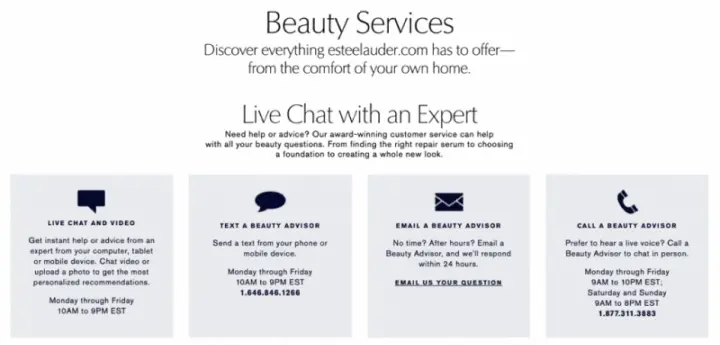
2. Communicate important information with banners
Occasionally, when brands undergo changes in business practices and policies, customers need to be informed. This might include updates to delivery policies, payment policies, and product availability, for example. An effective way to inform your users about changes is to display smart banners on relevant pages.

3. Build trust and promote loyalty
While gaining new users is important, building loyalty and trust with existing users is more rewarding. Retained customers tend to purchase frequently and spend more.
Incentivize your users to join your loyalty programs, which can help you better understand your customers and tailor their shopping journeys.
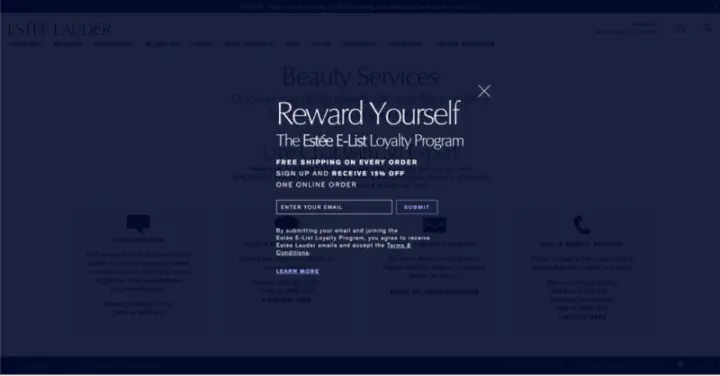
4. Listen to your customers to keep them engaged
Understanding your customers’ needs and expectations is critical. Use easy and quick survey tools to create interactive surveys and make use of this data to better serve your customers.
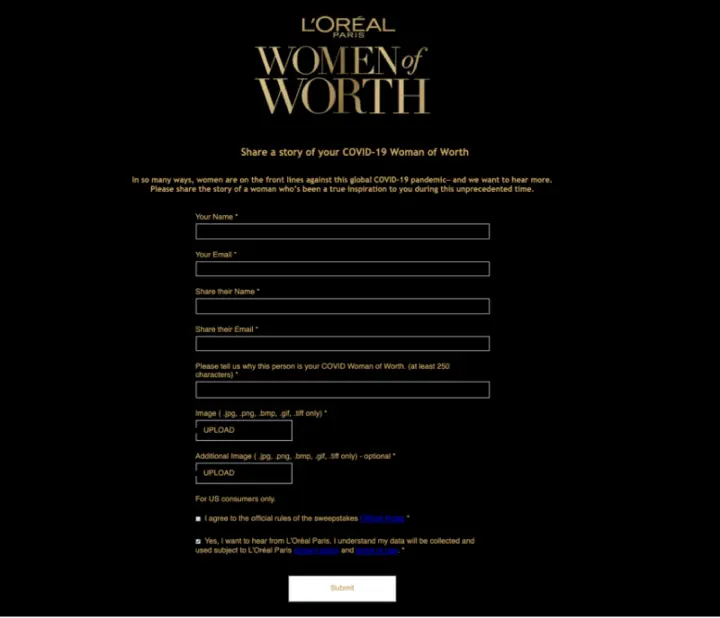
5. Educate Customers About Product Safety, Clean Ingredients, and Environmental Sustainability
In the post-pandemic world, a heightened awareness of health and environmental issues means buyers are expected to be more conscious of safety and sustainability concerns. This will result in preferences for clean ingredients, environmentally sustainable brands, and safe products. Use appropriate badges and safety certification symbols wherever possible in your product listings to educate consumers and reassure them about the safety and sustainability of your products.
6. Use AI-Powered Segmentation to Reach the Right Users on their Preferred Channels
Reach out to customers with newly launched products on messaging and social channels where they are already active. The experiences you deliver can only be as good as the data that powers them. Using advanced segmentation and effective AI-backed algorithms such as interest clustering or likelihood to purchase can help you achieve higher engagement and conversions.
7. Win the Hearts of New Visitors to turn them into Loyal Fans
According to recent data, the offline market still continues to lure about 81% of beauty consumers. However, this is on the decline, and online shopping has been steadily growing. A major reason is that the new visitors may not be used to shopping for cosmetics online. Nudge and convert these users with hyper-personalized offers across channels to make them complete the purchase and come back for more.
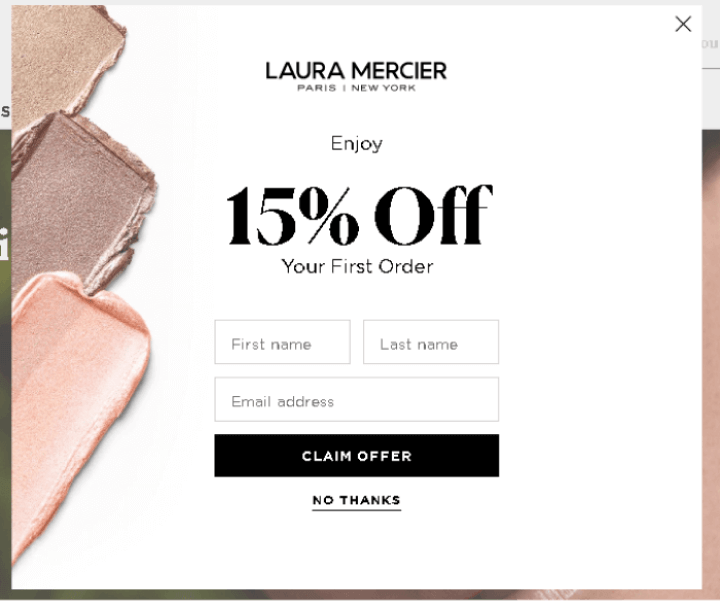
8. Tell Your Stories Visually
You can package existing products, share tips and tricks, or promote top picks with Insider’s InStory. InStory provides a visually rich experience to make them easily discoverable to your customers. Promote products you’d like to highlight using highly engaging personalized stories as you would see on social media.
The mega makeup brand, MAC, used InStory and saw a 123.5% conversion uplift. This is how they did it.
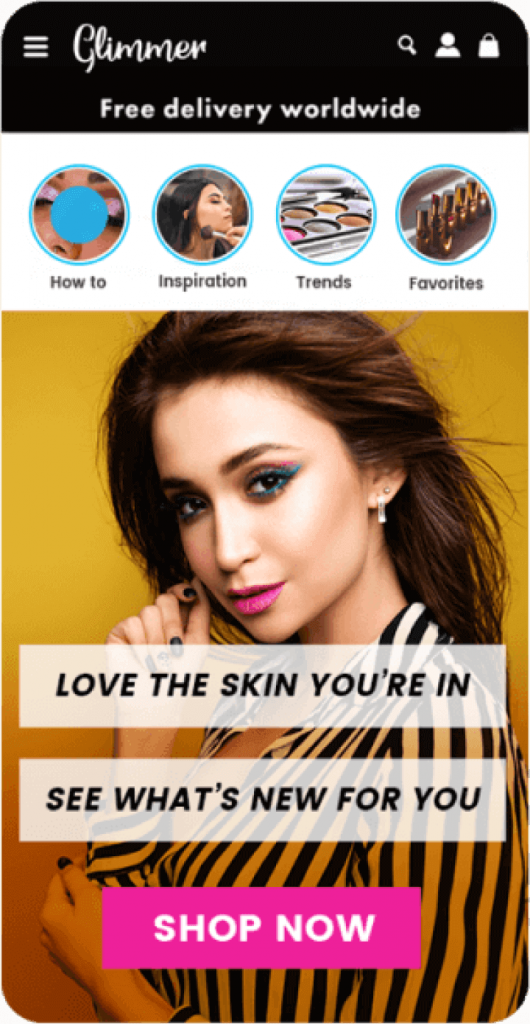
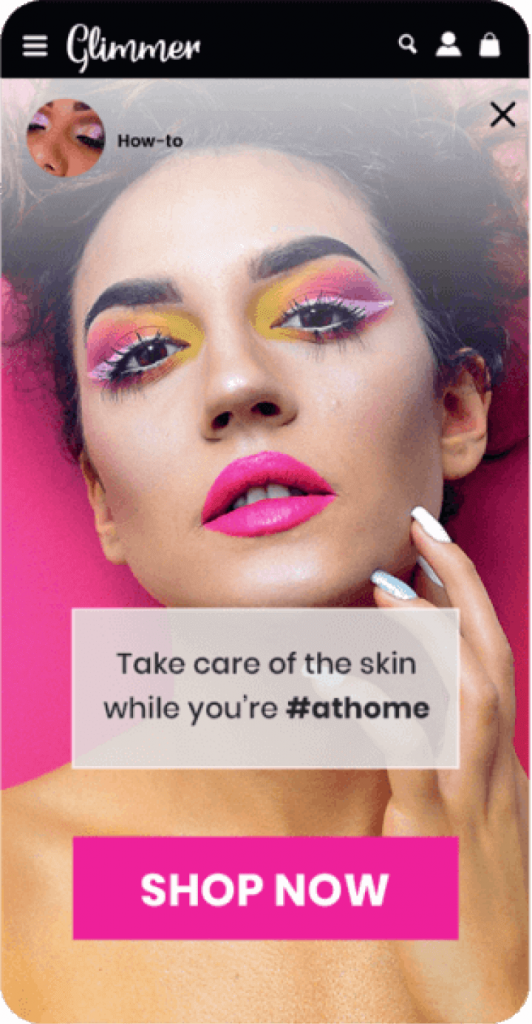
9. Announce Stock Clearance Sales
Stock-clearance sales attract significant traffic with users expecting to buy numerous items with large discounts. Use manual merchandising features from our Smart Recommender product to automate such campaigns.
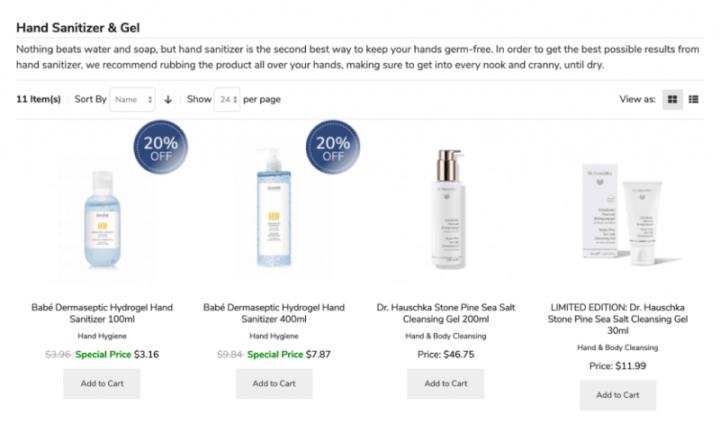
10. Drive Sales via Social Proof Messaging
Replicate the power of word of mouth in your online channels to help build trust and drive sales. Make use of ready-to-deploy social proof templates to quickly create customized social proof messages based on your product feeds.Insider’s Social Proof was highly profitable for Melvita, a French organic beauty brand, which saw an increase in revenue of 107%, with a 28% uplift in conversions using Insider’s tools and strategies. Read more about it here.
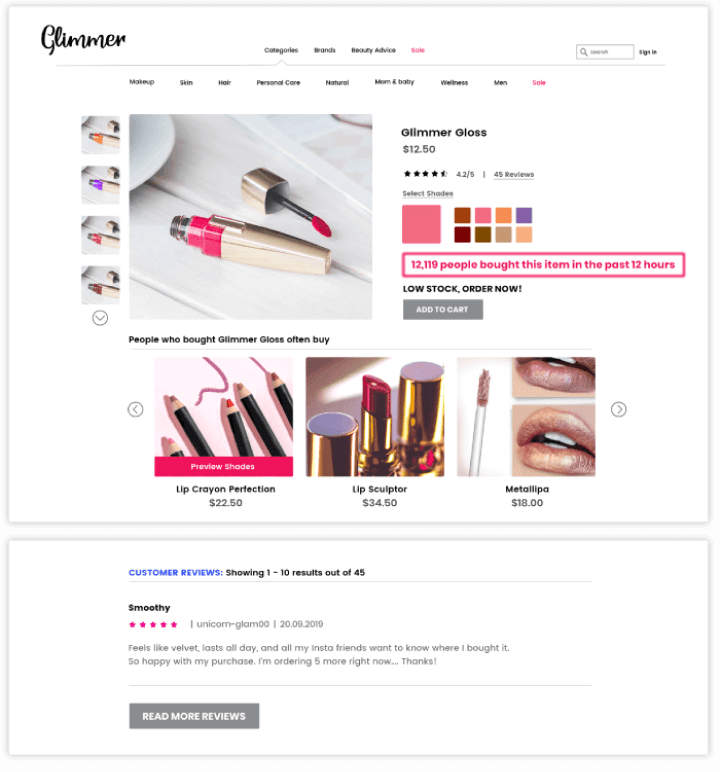
11. Promote Your Mobile App With Smart Banners
If you already have a mobile app, then it’s time to promote it. Place a smart banner on your website prompting users to download and try your application from Google Play or Apple Store. A mobile app can also be an excellent choice of platform to run rewards and loyalty programs.
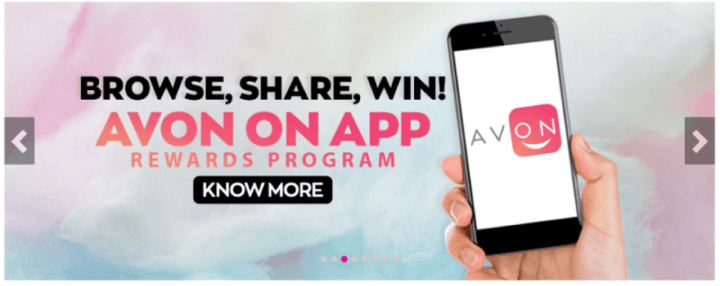
12. Recommend the Right Products to the Right Users
Use customer insights like previous purchases, behavioral data, cross-channel data, or 3rd party information to recommend the best products for your users. Insider’s Smart Recommender does exactly this with its advanced AI-backed recommendation engine and different algorithms like top-trending, most-purchased, most-viewed, location-specific, or user-based recommendations.
Read here how Smart Recommender helped Yves Rocher achieve a 20% growth in conversions using ultra-relevant recommendations.
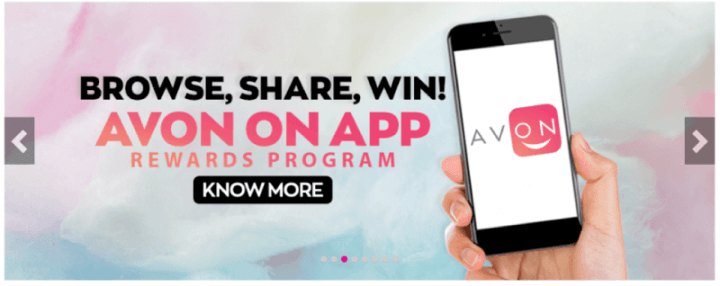
13. Showcase New Arrivals and Create Excitement
Using a homepage banner, you can display the latest additions to your website and create excitement for products when users land on your desired page. Highlight these with eye-catching designs topped off with irresistible deals which give customers that extra incentive to make a purchase.
14. Personalize the Search Experience and Speed Up the Purchase Journey
Users seldom make purchases on their first visit to a website. What can you do to make their subsequent visits more conducive to making a purchase? Use data from their previous visits to personalize their search experience. Auto-completing search terms and showing up previously searched suggestions before visitors even start typing will help to speed up their path to purchase, improving the user experience and increasing the chances of conversion.
14. Unleash the Power of Omnichannel Marketing
You can send customers notifications about back-in-stock information, new product launches, and various other events using app/web push notifications, email, or SMS messages. To deliver improved experiences, you can use a customer journey mapping tool to create automated workflows for a seamless omnichannel experience.
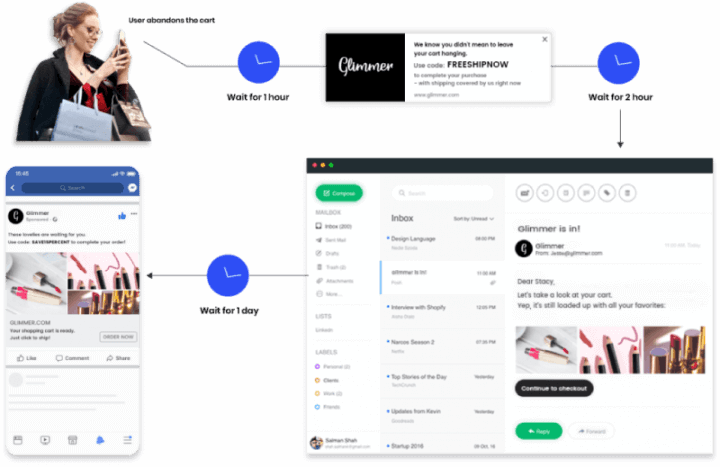
The coming years will offer immense scope for large-scale growth, especially through online channels, for beauty and cosmetics brands willing to maximize digital channels and personalization tools. The playing field can be leveled for small local businesses using the right digital tools to provide the best customer experience across their channels.
While legacy brands launch into the digital space to offer experiences in line with what they already offer in-store, online pure-play brands can also captivate customers by offering memorable personalized experiences.
To learn more about how Insider can help improve your beauty and cosmetics marketing strategy, reach out to us and we’ll schedule a personalized demo with one of our digital growth experts.

Written by
Christopher Lowe
Christopher has a long history of driving value and creating personalized, omnichannel journeys that enhance customer experience. He's passionate about learning and development and has a keen interest in developing economies, especially ones with a lot of room for digital growth.